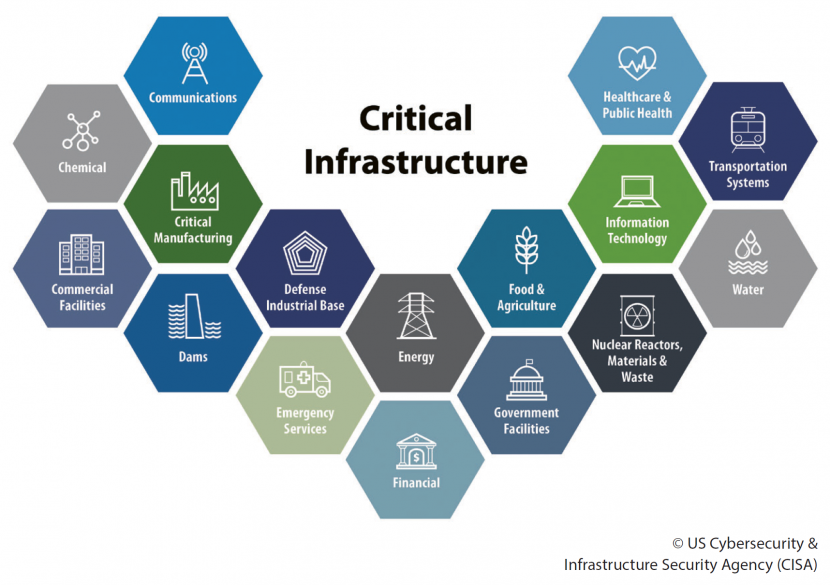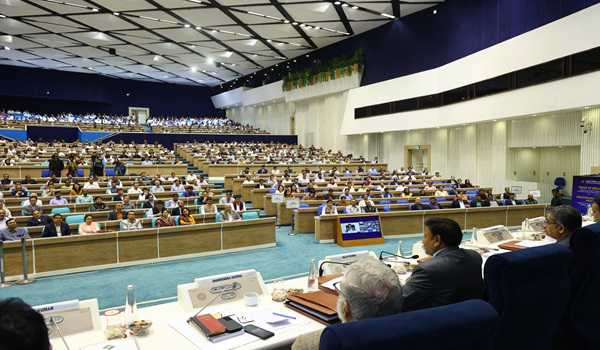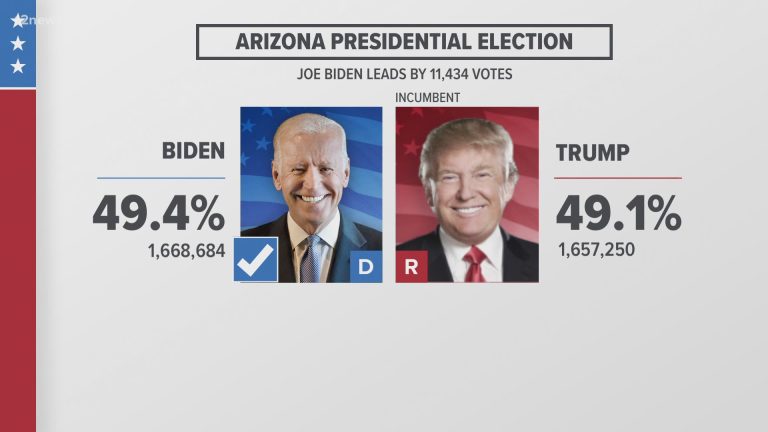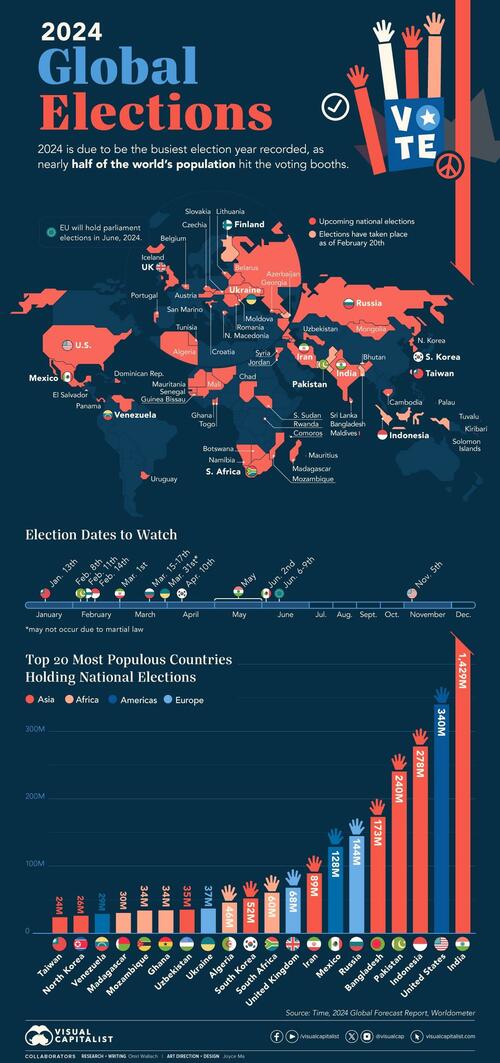

America First: Securing Our Elections From Global Interference
The American electoral process, a cornerstone of democracy, faces a growing threat: foreign interference. This isn’t about mere conjecture; it’s a documented reality, demanding a multi-pronged, proactive, and innovative approach to safeguard our democratic integrity. The “America First” principle, in this context, isn’t about isolationism, but about prioritizing the security of our own democratic processes from external manipulation. This requires a nuanced understanding of the threats, a robust defense strategy, and a commitment to ongoing adaptation.
The Shifting Sands of Foreign Interference
Gone are the days of crude, overt interference. Today’s threats are sophisticated, utilizing advanced technologies and exploiting societal vulnerabilities. We’re no longer just talking about direct hacking attempts on voting machines; the landscape includes:
- Disinformation Campaigns: The spread of false and misleading information through social media and other online platforms designed to sow discord, suppress voter turnout, or influence voting patterns.
- Foreign-Funded Political Ads: Concealed or poorly disclosed spending on political advertising, pushing specific agendas or candidates through seemingly independent entities.
- Cyberattacks on Voter Registration Databases: Attempts to alter voter rolls, disenfranchise eligible voters, or introduce chaos into the registration process.
- Influence Operations Targeting Specific Demographics: Tailored messaging aimed at specific groups (e.g., racial minorities, young voters) to manipulate their political views and behaviors.
A Multi-Layered Defense Strategy
Securing our elections requires a holistic approach, incorporating various strategies that work in tandem:
1. Enhanced Cybersecurity Infrastructure:
- Investing in Modernized Voting Machines: Shifting away from outdated, vulnerable systems to more secure, auditable machines with robust cybersecurity features.
- Strengthening Network Security: Implementing advanced firewalls, intrusion detection systems, and regular security audits for all election-related systems.
- Red Teaming and Penetration Testing: Regularly subjecting election systems to simulated attacks to identify vulnerabilities and improve defenses.
2. Combating Disinformation:
- Media Literacy Initiatives: Educating the public on how to identify and critically assess online information, promoting media literacy skills.
- Fact-Checking and Counter-Narrative Strategies: Proactive efforts to debunk false narratives and provide accurate information to combat disinformation campaigns.
- Platform Accountability: Holding social media platforms accountable for the content they host, requiring greater transparency and action against foreign-backed disinformation.
3. Strengthening Election Laws and Regulations:
- Campaign Finance Reform: Increasing transparency and regulation of campaign finance to limit the influence of foreign money in elections.
- Protecting Voter Registration Databases: Implementing stringent security measures to safeguard voter data from cyberattacks and unauthorized access.
- Enhancing Criminal Penalties: Strengthening laws and penalties for individuals and groups engaged in foreign interference in elections.
4. International Collaboration:
- Intelligence Sharing: Collaborating with international partners to share intelligence on foreign interference threats.
- Diplomatic Pressure: Using diplomatic channels to address concerns about foreign interference and encourage responsible behavior.
- International Norms and Agreements: Working with allies to develop and enforce international norms and agreements against election interference.
Data-Driven Defense
Understanding the scope of the problem requires data. While precise figures are difficult to obtain due to the covert nature of these activities, the trends are clear.
| Threat Type | Severity | Impact |
|---|---|---|
| Disinformation Campaigns | High | Reduced voter turnout, polarization |
| Cyberattacks | High | Data breaches, system disruption |
| Foreign Funding | Medium | Biased political landscape |
| Influence Operations | Medium | Manipulation of public opinion |
The Ongoing Battle
Securing American elections is an ongoing battle, not a one-time fix. Continuous adaptation, technological innovation, and unwavering commitment to democratic principles are essential to maintaining our electoral integrity. The “America First” approach isn’t about isolation; it’s about proactively defending our democratic processes from external threats, ensuring free and fair elections for all Americans. This requires a commitment from government agencies, technology companies, the media, and most importantly, the American people themselves. The fight for our democratic future demands vigilance, collaboration, and a resolute commitment to preserving the integrity of the American electoral process.
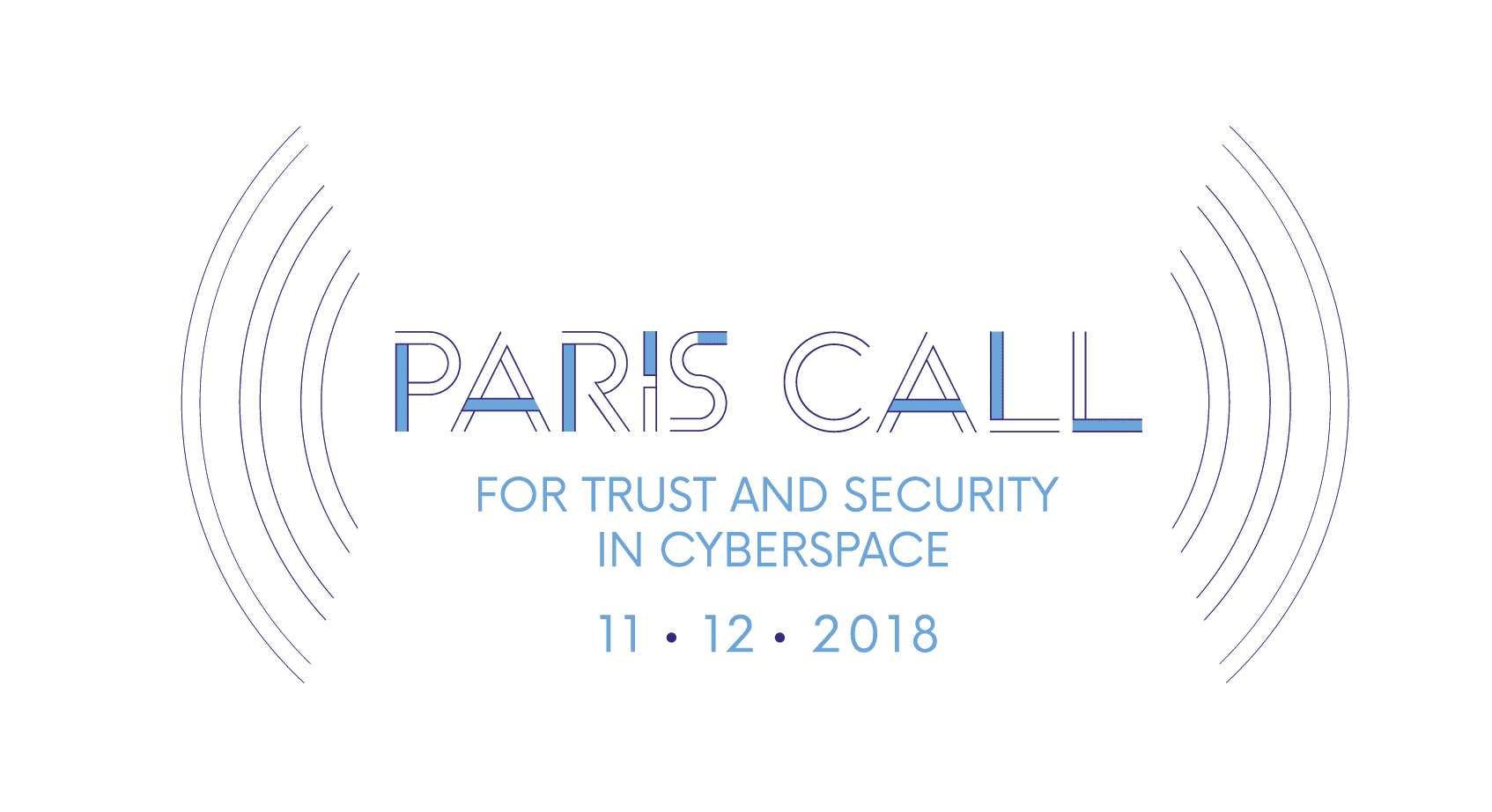
Additional Information
America First: Securing Our Elections From Global Interference – A Deeper Dive
The concept of “America First” applied to election security necessitates a nuanced understanding of foreign interference and its various forms. While the rhetoric often focuses on overt actions, the reality is far more complex, involving a spectrum of activities, from subtle disinformation campaigns to sophisticated cyberattacks. A comprehensive strategy must account for this complexity.
Beyond the Headlines: Types of Foreign Interference:
The commonly cited examples of Russian interference in the 2016 election, involving social media manipulation and hacking attempts targeting voter databases, represent only a fraction of the potential threats. A deeper analysis reveals several categories:
-
Cyberattacks: These range from attempts to disrupt voting machines (as seen in some smaller-scale incidents) to accessing voter registration databases to steal data or sow confusion. The impact can be significant, even if not resulting in direct vote alteration, as it undermines public trust in the electoral process. The lack of uniform standards across different state election systems exacerbates this vulnerability.
-
Disinformation and Propaganda: This is perhaps the most pervasive and difficult-to-combat threat. Foreign actors utilize social media platforms, online news outlets, and even traditional media to spread false narratives, promote divisive rhetoric, and undermine faith in democratic institutions. The 2016 election saw a massive influx of such content, targeting specific demographics with tailored messaging. Quantifying the impact remains a challenge, but studies suggest significant effects on voter turnout and candidate perception.
-
Financial Interference: Foreign entities may attempt to influence elections through illicit campaign contributions, funding of pro- or anti-candidate groups, or lobbying efforts. Transparency laws and enforcement are crucial in mitigating this risk. The lack of consistent international standards makes tracing the source of funding challenging.
-
Covert Operations: These involve more clandestine activities, such as recruiting and influencing individuals within the political system to advance a foreign agenda. Such operations are inherently difficult to detect and investigate.
Case Studies and Statistics:
While complete data on foreign interference is inherently classified for national security reasons, several studies provide insights:
-
The Mueller Report: Though not solely focused on election interference, the Mueller investigation revealed significant evidence of Russian interference attempts, including hacking and social media manipulation. The report highlighted the challenges in attributing specific effects to these actions, underscoring the need for better metrics and analysis.
-
The Senate Intelligence Committee Report: This report offered a broader assessment of foreign interference attempts in the 2016 election, encompassing various actors and methods. It underscored the need for enhanced cybersecurity measures and improved information sharing between intelligence agencies and election officials.
-
Academic Research: Numerous studies analyze the impact of disinformation campaigns on social media. These studies often employ computational methods to track the spread of false narratives and their engagement rates, offering valuable data on the effectiveness of such tactics. However, correlating social media engagement with actual voting behavior remains a challenge.
Securing Our Elections: A Multifaceted Approach:
An “America First” approach to election security requires a comprehensive strategy encompassing several key elements:
-
Enhanced Cybersecurity: This includes upgrading voting machine technology, implementing robust network security protocols, and investing in cybersecurity training for election officials. A move toward more standardized and secure voting systems across states is paramount.
-
Combating Disinformation: This requires a multi-pronged approach, involving media literacy education, fact-checking initiatives, platform accountability from social media companies, and international cooperation to address the cross-border nature of disinformation campaigns.
-
Strengthening Intelligence Gathering and Sharing: Improved coordination between intelligence agencies, law enforcement, and election officials is crucial for detecting and responding to threats in a timely manner. This necessitates addressing potential concerns about privacy and civil liberties.
-
International Cooperation: While prioritizing national interests, cooperation with allies to share information and develop best practices is essential in combating globally coordinated interference campaigns.
Conclusion:
Securing American elections from global interference demands a strategic approach that goes beyond reactive measures. It requires a long-term commitment to upgrading infrastructure, improving intelligence gathering, enhancing public awareness, and fostering international cooperation. A truly “America First” strategy recognizes that national security in the digital age demands a global perspective and collaborative response. Failure to address the multifaceted nature of this threat leaves American democracy vulnerable.
